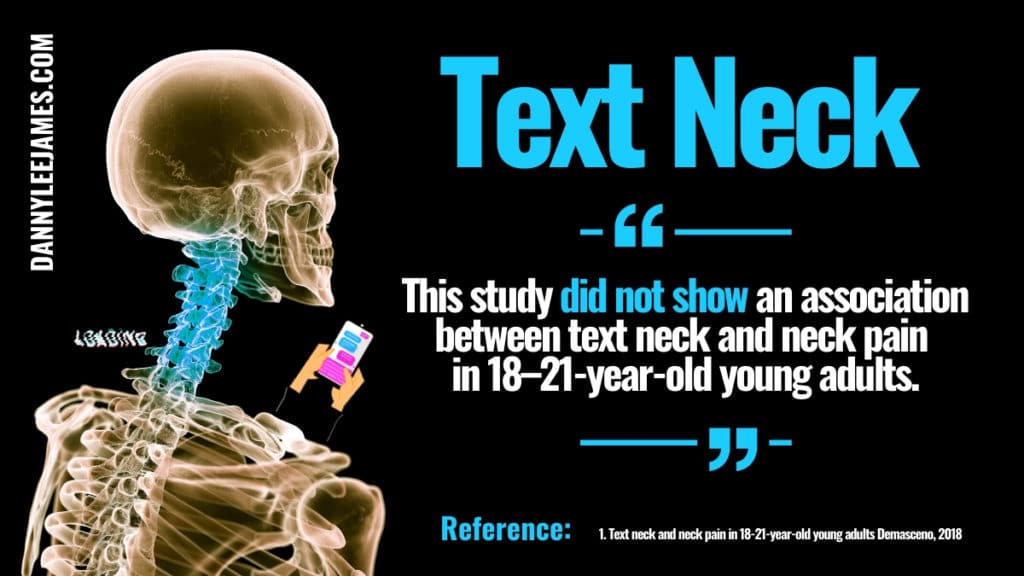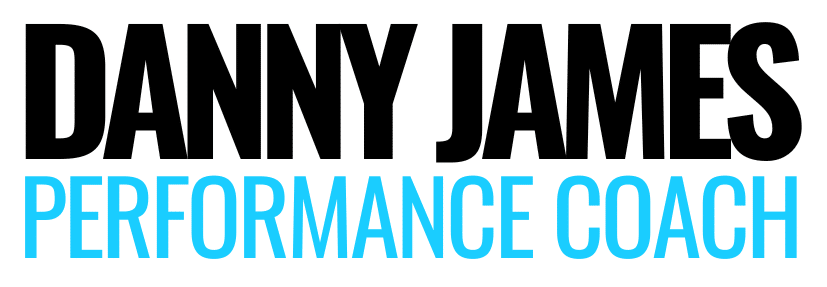But, is there really a connection?
The rise of text neck
It is estimated that up to 66.77% of the world’s population uses a mobile device today. That’s 5.17 billion people with a mobile device and 4.78 billion mobile phone users worldwide (1).
Explosive growth, since the mobile phones humble beginnings in 1973. It would be easy to suggest an association in light of the prevalence of both mobile use and neck pain.
We’ve also become an increasingly sedentary society. Through this new technology, more exposed than ever to news of the effects of inactivity.
The cost of sitting has become like a frightening plague to many. Sweeping the lands and tearing down all postures that succumb to the enthral of momentary rest.
We’re more posture vigilant than we used to be. But do we need to be?
What does the research say?
In fact, numerous papers have shown that neck problems have already been around for a long time. Incidents impacting children and adolescents predate the release of i-phones altogether (2).
Many physiotherapists have also stated that phone use is likely just ”incidental to the development of neck pain” (3). Many arguing that we’ve been using the same postures and mechanics to read the newspaper and books for centuries without concern. The medium has changed, but our habits are the same.
So, why all the hysteria about prolonged mobile phone use and neck pain?
Stay tuned…

Related
Notes & References
1. Stats from Statista
2. ”The results of the study showed that kyphosis and lordosis increased and mobility decreased in the 90 children who were examined both at age 5–6 and 15–16 years. The relationship between kyphosis and lordosis decreased in girls but not in boys. Occasional low back pain was reported by 38% of the children at the age of 15–16 years, but back pain was not related to posture, spinal mobility or physical activity.”
Spine: posture, mobility and pain. A longitudinal study from childhood to adolescence
Widhe, 2001
3. Mobile phones are not a pain in the neck
by Daily Mail Australia
4. ”This study did not show an association between text neck and neck pain in 18–21-year-old young adults.”
Text neck and neck pain in 18-21-year-old young adults
Demasceno, 2018


[…] Text Neck […]
[…] Related: Text Neck […]
[…] upright posture while executing the Seated Arnold Press to avoid unnecessary load to tissues in the neck or shoulder. This will help ensure a proper arm path, scapulothoracic articulation, and force […]